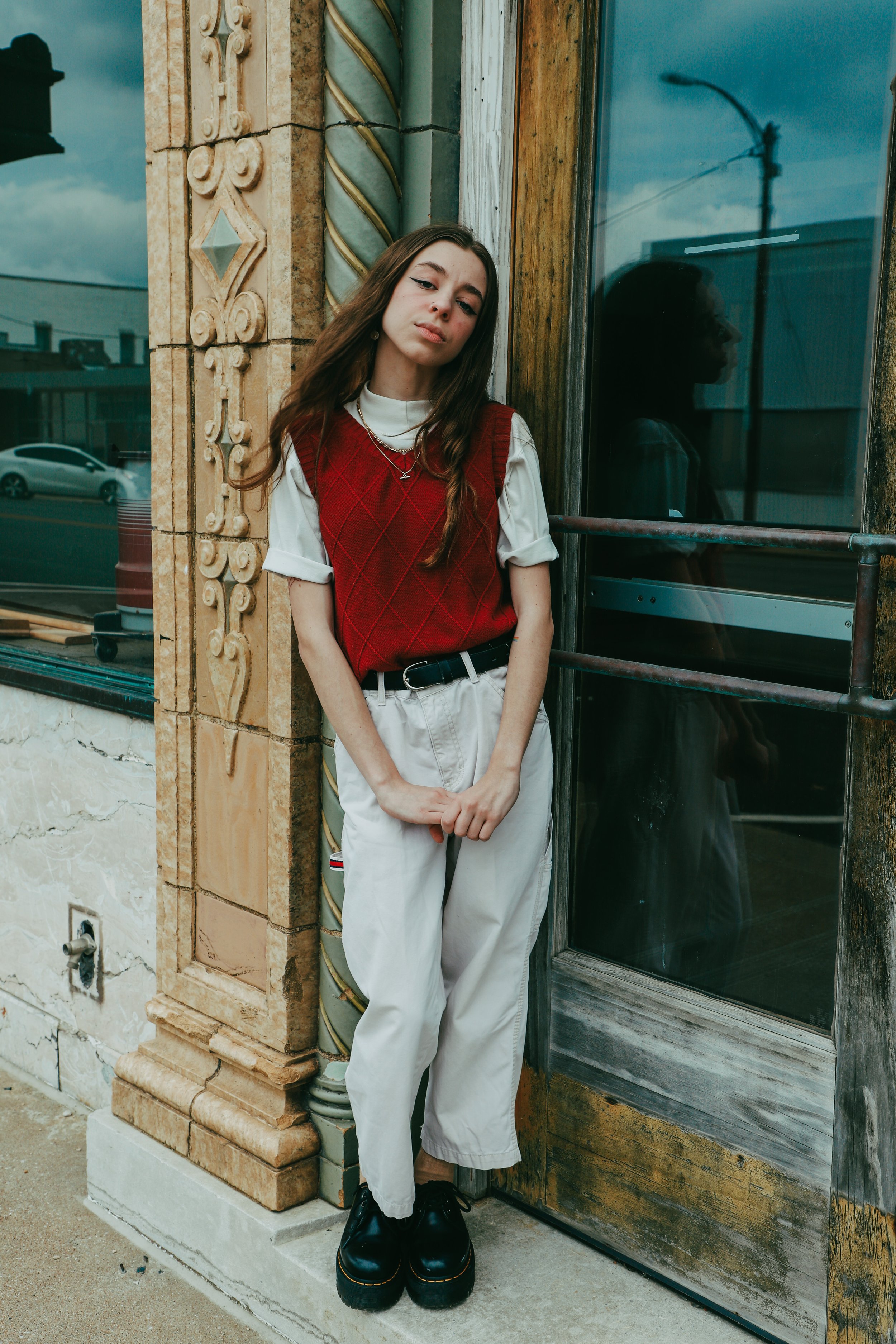5 Ways Retail Stores Can Change Gender- Based Marketing
Article Written By: Zachary O’Dell
Photography: Mindy Welland
Models: Bailey Culver, Emi Jackson, Zachary O’Dell
From the moment customers walk into a retail store, they’re faced with two paths: one leading towards menswear and the other leading towards womenswear. These paths illustrate how a retail business markets their clothing and attracts customers. Separating the clothing based on cis-gender categories, such as “men” and “women,” is a technique most stores use to accomplish sale goals.
Our retail system has a set, traditional view on fashion. Dismissing these binary ideals can lead to the modernization and progression of fashion as a whole. Here are five outstanding ways retail stores can change gender-based marketing.
1.) Creating a Universal Floor Layout
Having a well-designed floor layout will allow customers to gain a new perspective of “personal style.” A gender-fluid layout will encourage discovery of new products and innovation. It will present multiple options to the customer without labeling it as menswear or womenswear.
Many individuals who identify as a cis-gender man or woman usually never browse the different sections of a retail store. However, creating a universal layout of clothing and combining those two sections into one will allow customers to shop all product. The usage of staging gender-neutral outfits within a retail store will also motivate customers to shop based off of the fit and the visual presentation of the product.
Not only will a universal floor layout introduce shoppers to new styles, but creating a gender-fluid store will generate a positive impact on society. This particular floor layout will lead companies to be recognized for their inclusion and social acceptance.
2.) Stripping the Title
Changing the title used to describe a product from “Women’s Curvy Jeans” to a gender-fluid title, “Curvy Jeans” is a change that will benefit brands. This adjustment will open doors to the idea that a simple product like jeans is meant for every individual. No matter how an individual identifies, stripping the cis-gender label from the title of products will portray the idea that clothing doesn’t have to fit in just two categories.
3.) Models
In order to be gender inclusive, brands will need to feature different types of clothing on everyone. Why is a skirt only featured on a cis-gender woman? Why are only women wearing tight crop tops? Models seen in retail stores are featured as cis-gender individuals. Altering these styling choices and creating an inclusive, diverse modeling lineup will change gender-based marketing. When customers see themselves in a model, see similar body types, identifications and physical characteristics, they will see that stores are inclusive.
4.) Updating Online Marketing
Updating cis-gender categories used when shopping retail brands online will, in theory, eliminate many complications. Using basic descriptions such as teens, adults, and kids will open up fashion to all. Clicking on “Womenswear” when shopping online will not always direct a customer towards what they’re looking for. Opening up these categories and featuring products together will lead customers to more options, inclusive styling choices and will create diverse personal styles. Having cis-gender categories isn’t diverse or inclusive, and it’s not following the pathway that fashion is going.
5.) Changing Customer Engagement
The way retail employees speak and present themselves to customers matters. Knowing how to engage with customers helps you gain their trust and respect and it helps you achieve customer satisfaction. Finding a personal interaction that is positive, unique and upbeat will attract customers to shop your brand. A major role in customer engagement is the way you direct a customer. Directing customers with gender-neutral pronouns is a prime example of customer care. This can be done by using identification such as person, they, individual and even their proper name. Being able to respect a customer by using proper verbiage when talking to them will lead to amazing engagements.
The secret to retail marketing aligns with the four major P’s within traditional marketing: product, pricing, place, and promotion. Creating small adjustments within these major aspects will create real change and contribute to the known fact that the future of fashion is gender-neutral. Clothing has this power, the power of visually informing the public if this individual is a woman or man. This power is centered primarily around the idea that clothing outlines someone’s gender – let’s put an end to this power.






